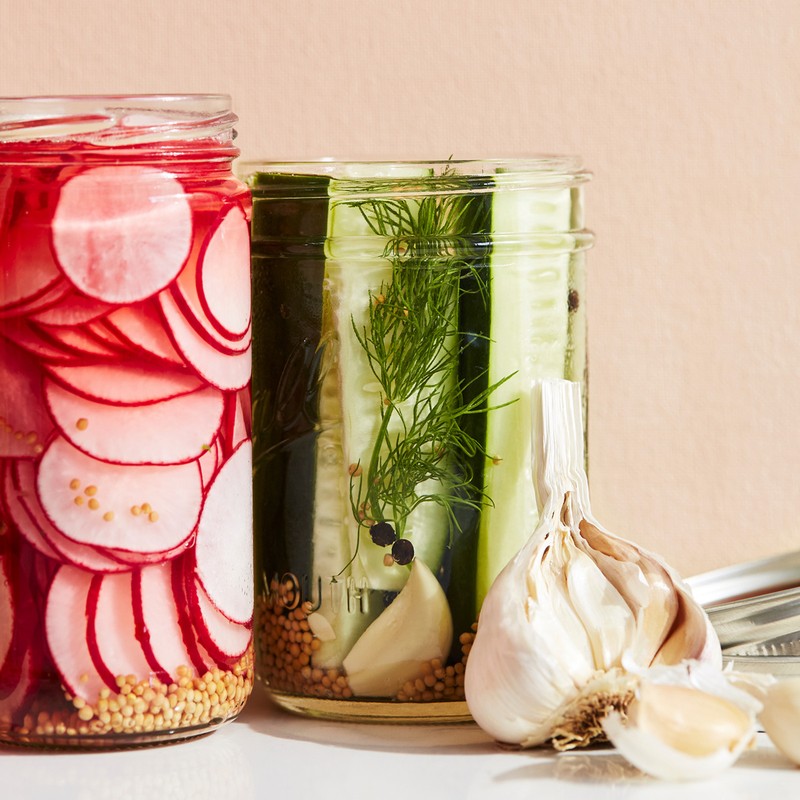
What To Know About Pickling
How did you get into the pickled drinks business?
I’ve always loved the sharp, briny taste of pickles. There’s something about the vinegary tang that makes eating them a bit of a challenge, but it’s so worth it. It was on holiday in New York that I first tried a ‘Pickleback’, a shot of whiskey followed by a shot of pickle juice. After that I was hooked and had to find a way of making pickle juice at home. I launched The Pickle House in Hackney in 2014.
Why are we all only getting into pickles now?
Pickling and shrub-making were used to preserve surplus fruit and vegetables prior to the invention of refrigerators. Pickling has been around for a long time and has been said to date way back to 2,400 BC, whereas shrubs are said to have originated in 17th-century England. Today, we’re all becoming more and more health conscious. Not only that, but waste is a huge problem so many people are now turning to ancient methods and starting to explore ways they can preserve and be sustainable, but also reap the health benefits from pickling their own vegetables.
Are there any health benefits?
Pickles and fermented foods have been considered a health food for centuries. Not only do they help improve digestion, but they also strengthen the immune system, promote growth of healthy bacteria in the gut and curb those pesky sugar cravings. They’re low in calories and are also meant to be great for your skin and nails. Of course, the health benefits will vary depending on what you put in your pickles. If the pickles are made in the same way we make our ‘Original Pickle Juice’ then the salt and vinegar mean that it’s full of electrolytes which can help rehydrate your body with nutrients. There’s been quite a bit of press recently about athletes drinking pickle juice to help stop muscle cramps during games. We haven’t had our pickle juice scientifically tested so I can’t say it’s a miracle cure, but we’ve had a few customers sending emails about how it’s been helping them. One is an elderly lady who’s now drinking a couple of shots of our pickle juice every evening to stop her night cramps. We also use a blend of different spices – one of which is turmeric, which holds a huge host of health benefits including being a great anti-inflammatory.
What’s the difference between pickling and shrub-making?
Pickling and shrub-making are similar in that both methods are used to preserve surplus fruit and vegetables. The best way to compare them is that pickles are usually savoury and tend to use vegetables pickled in a salty, vinegary brine. Shrubs are the sweeter version, using predominantly fruits macerated in sugar to create a sweet vinegary syrup.
And how about between pickling and fermenting?
Pickling and fermenting are similar in the idea that both methods are used to naturally preserve foods and the final results have a slightly sharp, tangy flavour. The main difference is that the tangy flavour found in pickling comes from using vinegar or another acidic liquid. With fermenting, the flavour comes from a chemical reaction between the sugars found in food and naturally present bacteria. The bit that makes it slightly confusing is that some pickles can be fermented, and some fermented foods can be pickled!
Fermenting is, in its simplest form, the breakdown of a substance by bacteria, yeast or other living microorganisms. When fruits or vegetables are left in an airtight container their natural bacteria begin to break down the sugars found in these foods and converts them into an acid. This process is called lacto-fermentation and is what gives fermented food its sharp flavour, while also creating probiotics, which are good for your digestion. Examples of fermented foods and drinks are kombucha, kimchi, yoghurt, sauerkraut and miso.
How long does it take for vegetables to fully pickle?
My favourite is pickled cucumbers and it’s best to leave them for two weeks – they always taste nicer the longer you leave them. They’re strong, fiery and great in salt beef bagels.
Which are the best vinegars to use?
Apple cider vinegar has been used for centuries as a natural health remedy to fight coughs and colds. The ‘mother’ part, which looks like a cloudy substance that sits at the bottom of the bottle and, much like a SCOBY (symbiotic culture of bacteria and yeast) in kombucha, is full of good bacteria along with acetic acid and natural protein, which is great for your health. Apple cider vinegar with the mother in is by far my favourite, mainly because you get the benefits of the good bacteria and the acidity isn’t as harsh as most other vinegars.
And what about sugars?
When it comes to pickling and making your own shrubs, it’s worth playing around with the different sugars and vinegars to see how they work together with different fruits or vegetables. There are all sorts of sweeteners out there nowadays. A good old-fashioned white sugar (preferably unrefined) is great for vibrant flavours; a light brown sugar adds depth of flavour; while nectars and syrups, such as agave and maple, make a good alternative. Unrefined white sugar is good as it dissolves quickly and keeps the bright colours from the fruit when making shrubs.
Which are your favourite spices to use?
Mustard seeds and celery leaf. These are great seeds to add to your pickles, as they each add their own intensity of flavour, which you can play around with depending on your preferences.
What tools and equipment do you need to get started at home?
It’s super simple to start pickling and making your own shrubs at home. All you really need is some glass jars (glass makes them easier to refrigerate and serve), a sieve, pan and hob. It’s important to make sure all your jars and bottles are sterilised before using them, as this will ensure your recipes keep for much longer. The simplest and quickest way to sterilise glass jars or bottles is by putting them in a dishwasher. If you don’t have one, heat your oven to 140°C. Wash your jars in hot soapy water, rinse well, then place on a baking tray and in the oven and leave until they’re completely dry.
And how about store cupboard essentials?
Sea salt, sugar and ground turmeric are probably my top three. Fine sea salt that is great for pickling as it dissolves a lot faster than other salts. Turmeric is yellow in colour and adds a rich vibrancy to your pickle juice, while also being packed full of antioxidants and having anti-inflammatory properties.
How should you store your homemade pickles?
Keep them in a cool dry place. Pickles can last for absolutely ages if your jars have been properly sterilised. Unopened, you can store your pickles for a year, but once opened, store them in the refrigerator and eating them within one month. The juice can be kept up for up to four months.
What’s an easy recipe or ingredient to start with for anyone a little unfamiliar with the taste?
Start by making a cucumber shrub – it’s my absolute favourite and super easy to make. All you need is one whole cucumber diced and put in a bowl. Then sprinkle one cup of unrefined caster sugar over the top, mix well, cover, then leave in the fridge. Usually, shrubs are left in the fridge for about 48 hours, but cucumbers have a high water content so they’re much quicker to pickle and will only need around eight hours. Strain the cucumber through a sieve squeezing out all the juices. This leaves you with a really nice cucumber syrup. Then add one cup of apple cider vinegar, mix well and pour into a sterilised glass bottle. You can use it straight away, but I find it tastes much better if you allow the flavours to combine. You can then drink your shrub by adding one-part cucumber syrup to four parts sparkling water. Or add some to a gin and tonic.
What are three easy ways people can incorporate pickling into their daily cooking routine?
During the week I really like making quick pickles to go alongside my dinners. A few slices of thinly sliced cucumber with salt, white wine vinegar and a bit of chilli is a nice change to a side salad. But if you’re keen to get into pickling I’d set a morning aside over a weekend and make up a few batches of pickles so they’re ready to go whenever you fancy them.
Pickle Juice by Florence Cherruault (Hardie Grant, £12.99) is out now.
Visit ThePickleHouse.com
Tempted to give picking a go? Here’s how to get started…
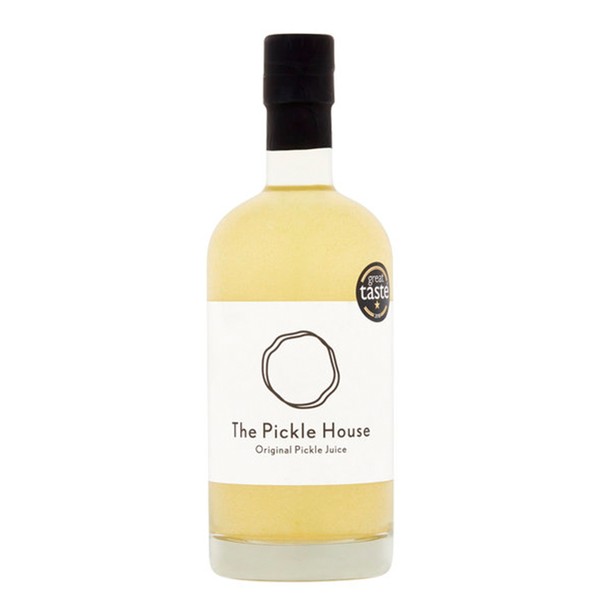
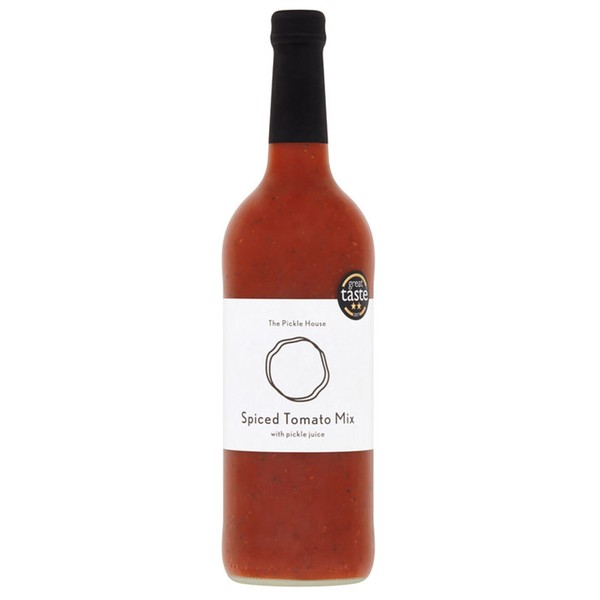
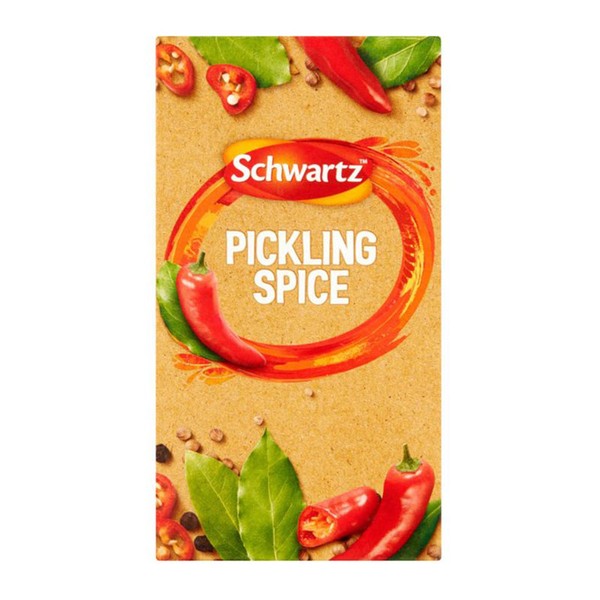
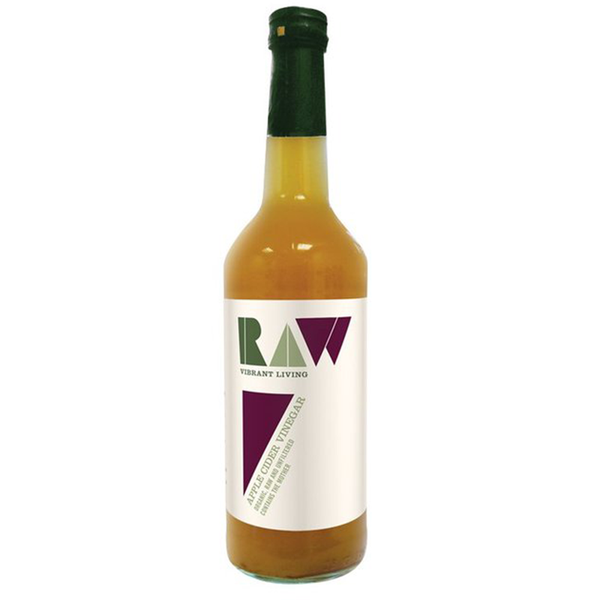
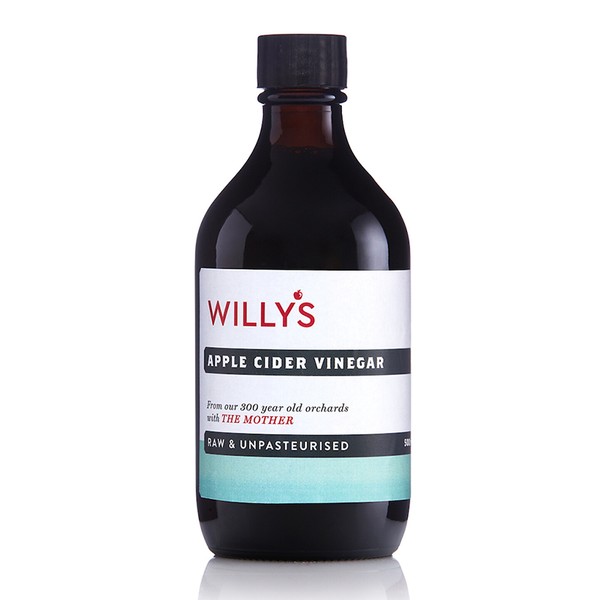
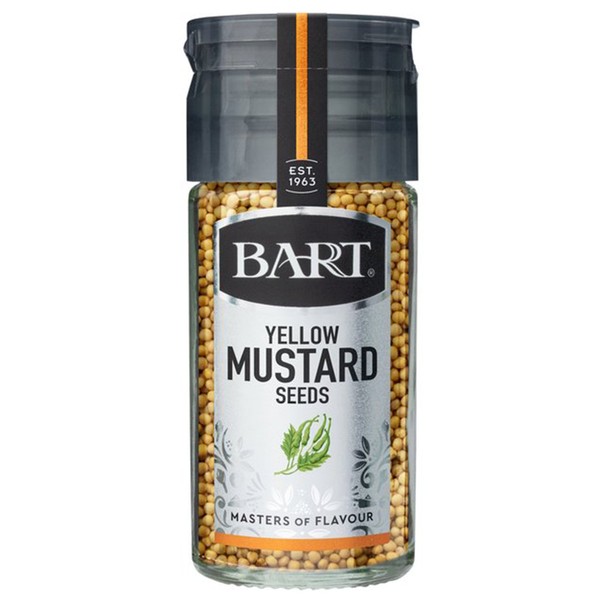
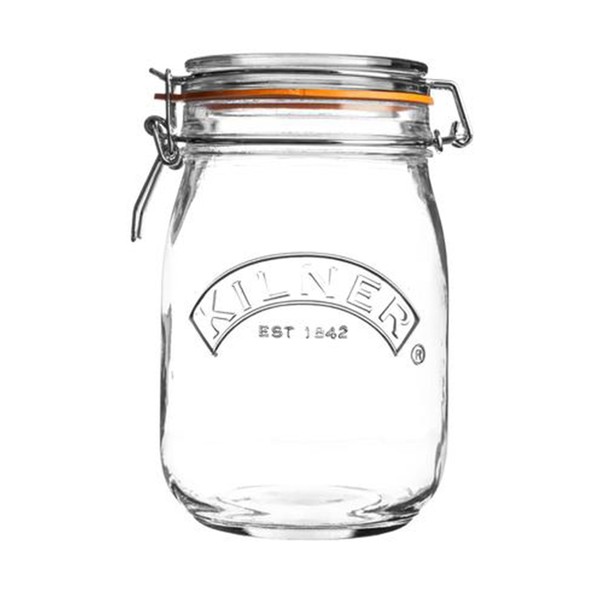
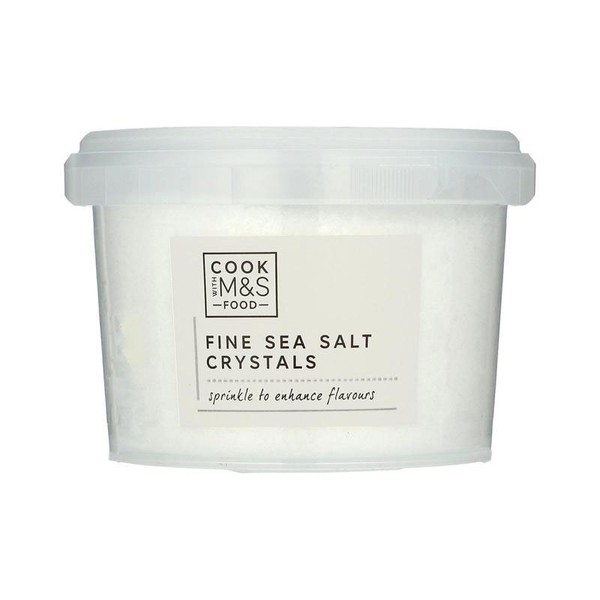
Whether you’ve made your own, or taken a shortcut and added some to your online shop, here are four tasty recipes that use pickles…
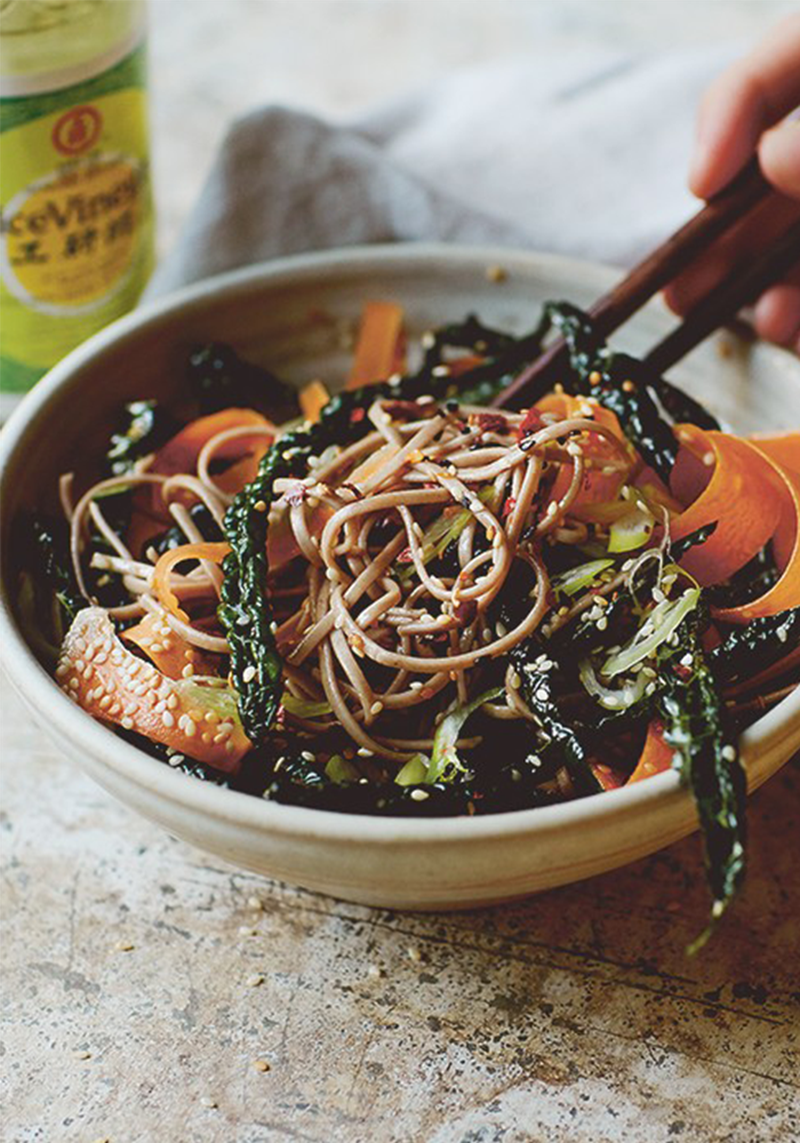
Soba Noodles With Pickled Kale & Ginger: Jessica Elliott Dennison, Salad Feasts
First, fill a medium pan with water and bring to the boil. In a medium bowl, stir together the vinegar, sugar and fish sauce until the sugar is mostly dissolved. Slice the cavolo nero lengthwise into ribbons 1cm wide (discard the tough inner core) then, using your hands, scrunch into the vinegar mix. Set aside to lightly pickle.
Carefully add the eggs to the pan of boiling water. Simmer on medium for six minutes then remove with a slotted spoon and plunge into a bowl of cold water to stop them cooking any further. (If you gently crack the base of the eggs just before you add to the cold water, they will be easier to peel.)
Next, add the noodles to the pan of water and cook over a high heat for the time stated on the packet (around five minutes). Refresh under cold water, drain thoroughly and place in a large mixing bowl.
Toast the sesame seeds in a small frying pan over a high heat for one to two minutes until golden and you can smell the natural oils being released. Transfer to a plate to cool.
Top, tail and peel the carrots then, using a speed peeler, shave ribbon lengths.
To assemble add the carrots, spring onions and ginger to the noodles along with the sesame oil and pickled cabbage (including one tablespoon of the pickling juice).
Divide between four bowls. Peel the eggs then halve lengthwise and place on top of the noodles. Splash each egg yolk with some of the pickling juice, and scatter over the remaining sesame seeds and chilli flakes, if using.
Visit Amazon.co.uk
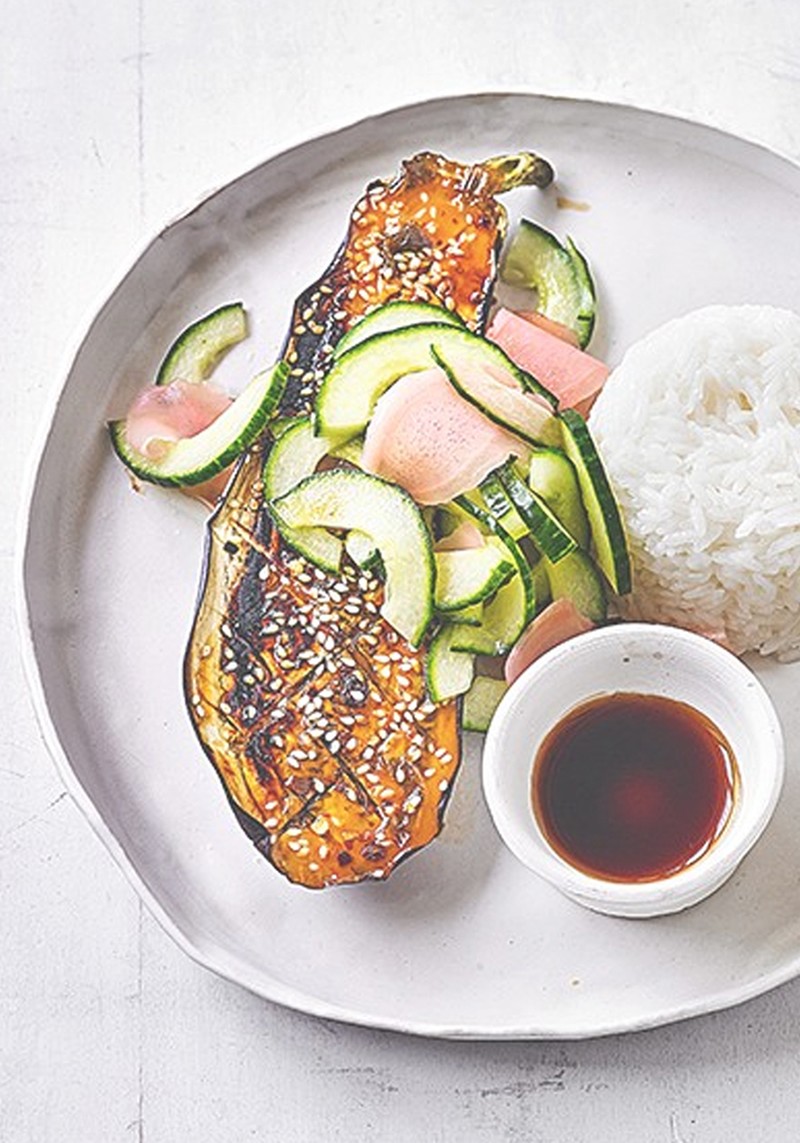
Miso-Glazed Aubergine With Pickled Ginger Cucumber: Waitrose
Preheat the grill to high. Score the aubergine slices with a sharp knife then spread them over a large non-stick baking tray.
Grill on each side for about seven minutes until golden. Spread with the miso sauce and grill for two minutes or until sticky and glazed.
Meanwhile, toss the cucumber with vinegar, sugar and ginger and season to taste.
When the aubergines are ready, scatter with the sesame seeds and grill for about one minute more, until the seeds are golden. Serve with the salad and the rice, seasoned with a splash of soy.
Cook’s tip: Bring a platter of sushi to the table to serve alongside this recipe instead of plain rice.
Visit Waitrose.com
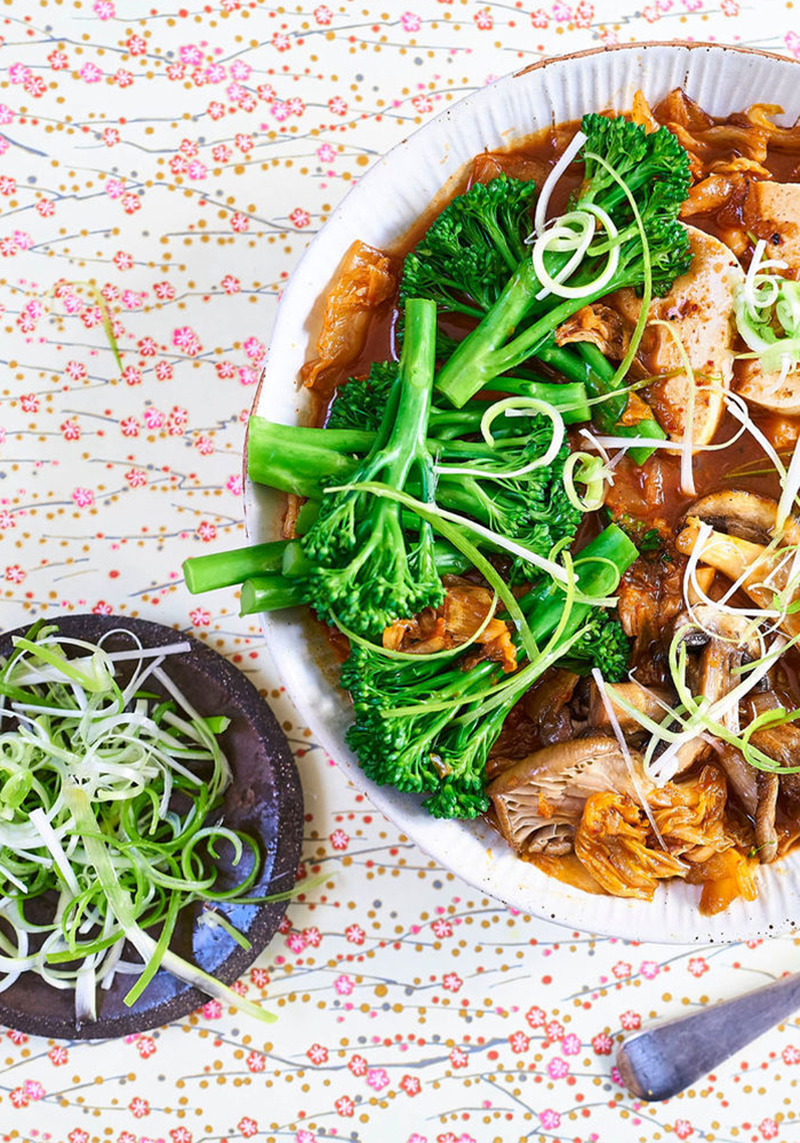
Tofu, Tenderstem Broccoli & Kimchi Stew: Meera Sodha
Heat the oil in a casserole dish and when hot, add the onion. Fry for 8 minutes until soft then add the ginger, garlic and kimchi. Fry until the kimchi starts to caramelise, around 8-10 minutes. Then add the gochujang paste and honey and stir to mix.
Throw the oyster mushrooms into the pan and fry for 3 minutes and add the stock. Bring to a boil, then turn the heat down to a whisper and simmer for 10-12 minutes until it tastes like all the flavours have come together.
Layer the tofu slices in a fan shape on one side of the pot, place the tenderstem broccoli on the other side and prod both so they’re slightly submerged in the liquid. Put the lid on and cook for another 6 minutes or until the tenderstem broccoli is tender.
Check the seasoning and serve garnished with the spring onions and with bowls of freshly steamed jasmine rice.
Recipe courtesy of Meera Sodha for Tenderstem.co.uk

Pearl Barley, Turmeric & Kimchi Salad: Kimberly Parsons, The Yoga Kitchen Plan
Put the barley, quinoa or freekeh in a medium saucepan with 320ml of water, place over a high heat and bring to the boil. Reduce the heat to medium and simmer for 20-25 minutes (10-15 for quinoa) or until tender and the liquid is absorbed. Remove from the heat and set aside to cool.
Squeeze the kimchi to remove the excess liquid, reserving the liquid in a small bowl.
To make a dressing, place the vinegar, olive oil and two tbsp of the reserved kimchi liquid in a small bowl, season to taste with salt and pepper and stir to combine.
Place the kimchi, mangetout, sugar snap peas, edamame, courgette and cooked grain into a large mixing bowl. Add the coriander and dressing and gently toss together.
Visit Amazon.co.uk
DISCLAIMER: We endeavour to always credit the correct original source of every image we use. If you think a credit may be incorrect, please contact us at info@sheerluxe.com.

